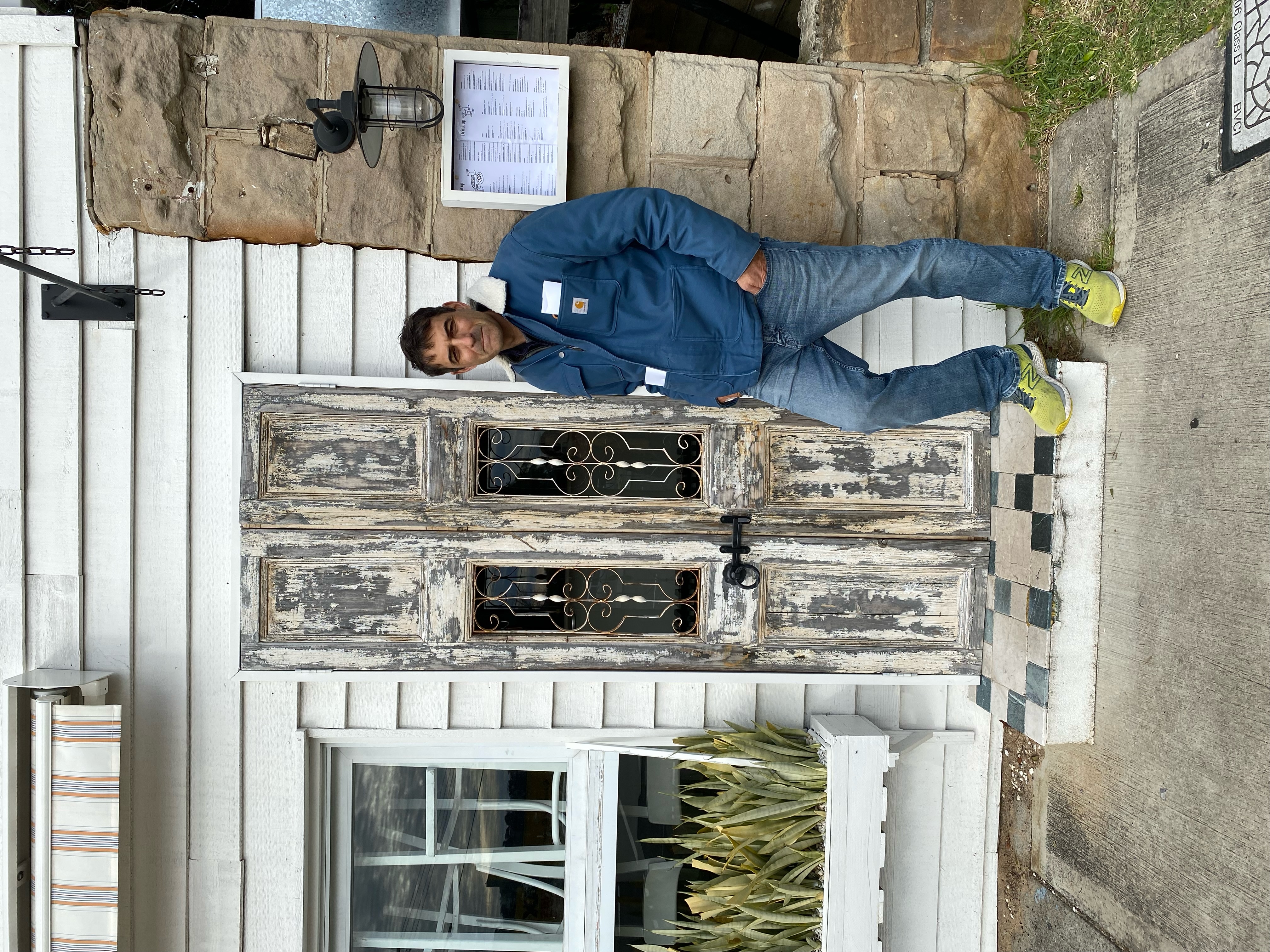You can search for courses, events, people, and anything else.
“Many people think mathematics is just about computation and calculation,” says pure mathematician, Professor Roozbeh Hazrat, from Western Sydney University. “But it’s about looking at a problem and uncovering a pattern, which often comes with some symmetry.”
An object has symmetry if it remains the same after you perform some transformation on it. For example, a circle doesn’t change if you rotate it or reflect it in a mirror, hence mathematicians say it has both rotational and reflective symmetry.
Symmetry is a lynchpin of fields of research ranging from string theory through to financial security. Hazrat has been using algebra to express symmetry in mathematical language for more than two decades, and his research has attracted more than $1 million in funding from various funding agencies.
A UNIVERSAL LANGUAGE
“Mathematics has its own language, which transcends boundaries and cultures,” says Hazrat, who is the director of Western’s Centre for Research in Mathematics and Data Science (CRMDS). “It’s very precise and compact, but at the same time, it tells you a lot.”
Hazrat, along with his colleague Professor Gene Abrams from the University of Colorado in the United States, has been examining chip firing — a popular model of local symmetric behaviour that describes how objects can spread and move along a grid to form complex phenomena. To do this, they have been using mathematical objects known as groups, which are sets of elements that obey certain rules. They have also been employing certain algebras associated with graphs, known as Leavitt path algebras.
Chip-firing models have been used to describe phenomena as diverse as forest fires, traffic jams, and stock-market fluctuations. Using these tools, Hazrat and Abrams have developed a formula that relates chip-firing to Leavitt path algebras.
“This opens the door for understanding chip firing by associating it to a very rich structure of algebras,” says Hazrat. “It demonstrates how different areas of mathematics can be related to each other and can ultimately shed light on real-life phenomena such as symmetry.”
“Roozbeh’s work has been concentrated on the classification of these algebras. This topic is an active area of maths research literally on all five continents,” adds Abrams. “Roozbeh’s formidable knowledge of various topics, together with his creativity and ingenuity, has enabled him to intuit and subsequently rigorously prove many important interdisciplinary results.”
A LONG-TERM PERSPECTIVE
Because pure mathematics is so foundational and driven by curiosity rather than by finding solutions to immediate real-world problems, it is extremely difficult to assess its impact in the short term. Often its real impact becomes apparent much further down the track. “A famous example is prime numbers,” says Hazrat. “A lot of people studied them out of curiosity, but now they underpin passwords and security.”
This long-term perspective is embraced by researchers at the CRMDS, who are conducting research ranging from pure mathematics to data science. “At the CRMDS, we’re training future mathematicians to strengthen science, technology, and mathematical discipline in Australia,” says Hazrat. “These areas are highly needed for the future of the country.”
Meet the Academic | Professor Roozbeh Hazrat
Roozbeh Hazrat is Professor of Pure Mathematics and Director of the Centre for Research in Mathematics and Data Science at Western Sydney University. He received his PhD from the University of Bielefeld, Germany in 2002. He was a Reader (Associate Professor) in Pure Mathematics at Queen's University Belfast, United Kingdom where he worked for 8 years, before moving to Western in December 2011. In 2015 and 2021 he was awarded a total of 15 months Fellowship for Experienced Researchers by Germany's Alexander von Humboldt Foundation. Roozbeh’s research is in non-commutative algebra, a foundational area of mathematics which in a discrete way seeks to underpins the study of quantum field theory as well as symbolic dynamics which have direct applications to coding and information theory. His research has been supported by three ARC Discovery Projects and two United Kingdom EPSRC grants totalling over 1 million dollars.
As Director of the Centre for Research in Mathematics and Data Science, which currently has 20 members, he has tried to create and foster a research-driven environment that serves as a hub for producing high-quality, impactful research. The Centre has just celebrated its 10th birthday and it is proud to have been the home of two ARC Future Fellows, 7 ARC Discovery Projects and an ARC LIEF grant, and awarded international grants from countries such as Brazil, Germany, Spain, UK, and Vietnam.
Credit
Future-Makers is published for Western Sydney University by Nature Research Custom Media, part of Springer Nature.
© chiara_01/Unsplash
© designsdavidc/Unsplash





